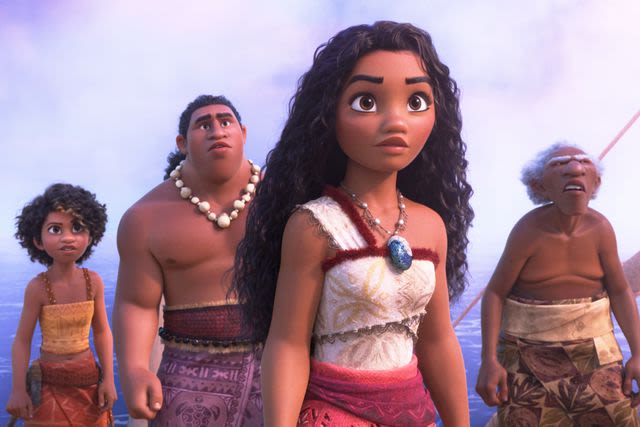Search results
News about man, Royal Caribbean, cruise ship
News about Daisy Ridley, Jerry Bruckheimer, Gertrude Ederle
Also in the news
The sea is the interconnected system of all the Earth's oceanic waters, including the Atlantic, Pacific, Indian, Southern and Arctic Oceans. However, the word "sea" can also be used for many specific, much smaller bodies of seawater, such as the North Sea or the Red Sea.
Mar 5, 2024 · Learn about the ocean's role in climate, formation, floor, and life zones. The article covers the basics of oceanography, geography, and biology with photos and examples.
Oct 19, 2023 · Learn about the diversity and characteristics of the world's seas, from the largest and saltiest to the smallest and youngest. Explore the marine ecosystems, temperatures, and locations of these water formations with examples and images.
Oct 19, 2023 · Learn about the ocean, the huge body of saltwater that covers 71 percent of Earth’s surface and has a rich biodiversity and geology. Discover the five oceans, their features, and the challenges they face.
The ocean is the body of salt water that covers approx. 70.8% of Earth. [8] . In English, the term ocean also refers to any of the large bodies of water into which the world ocean is conventionally divided. [9] . The following names describe five different areas of the ocean: Pacific, Atlantic, Indian, Antarctic/Southern, and Arctic.
Deep Sea; Coasts & Shallow Water; Poles; Census of Marine Life; Planet Ocean. Tides & Currents; Waves, Storms & Tsunamis; The Seafloor; Temperature & Chemistry; Through Time. Ancient Seas; Extinctions; Evolution; The Anthropocene; Conservation. Fishing; Pollution; Habitat Destruction; Invasive Species; Acidification; Climate Change; Gulf Oil ...
Learn about the different types of oceans, seas, and habitats that support diverse marine life. Discover how oceans help regulate Earth's climate and produce oxygen for humans and animals.




